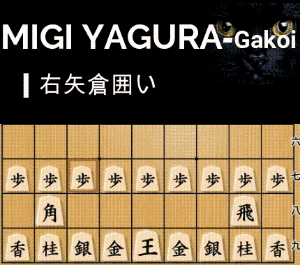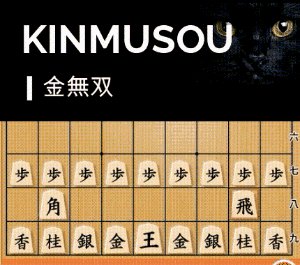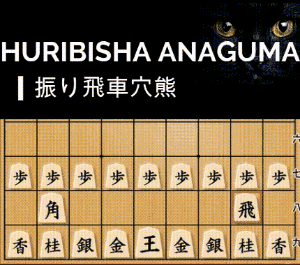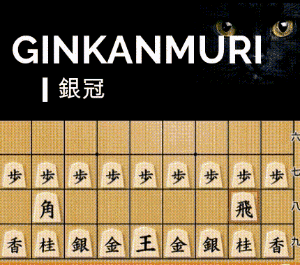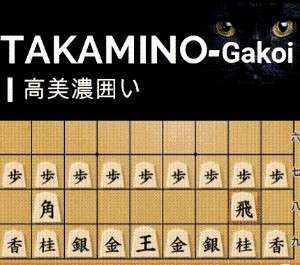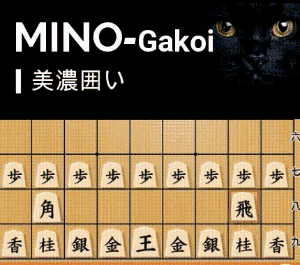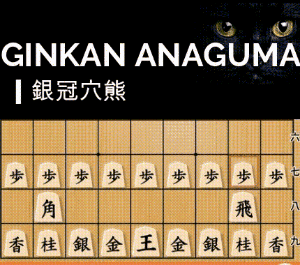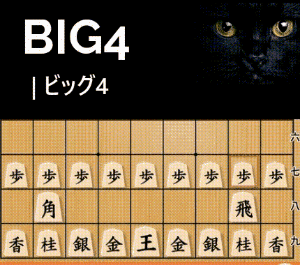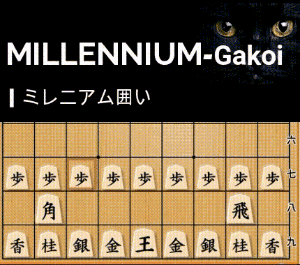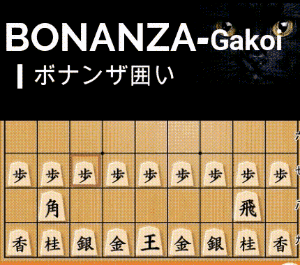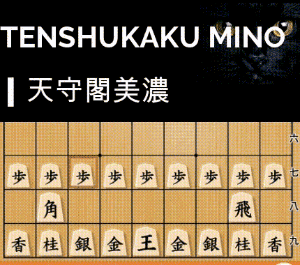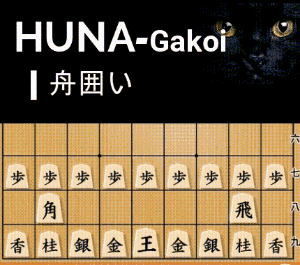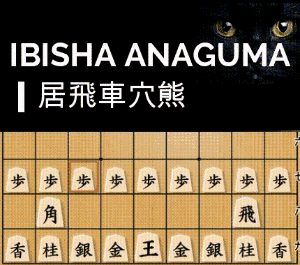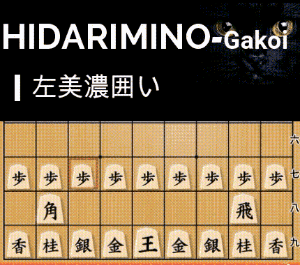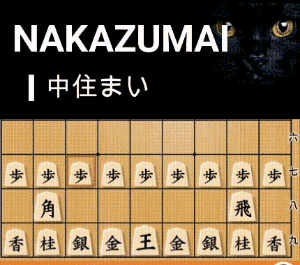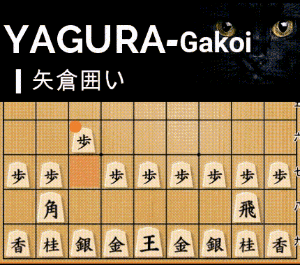How to Play Twisting Rook: Transitioning from Double Wing Attack to Ishida Rook
Twisting Rook is a unique strategy where you transition from a Double Wing Attack (Static Rook) into the Ishida Rook formation (Third File Rook). Learn how to execute this technique effectively.
Setting Up the Double Wing Attack
Twisting Rook begins with the Double Wing Attack formation, where both players advance their rook pawns from the very first move.
Standard development includes positioning the gold generals to protect the bishop and preparing to exchange pawns on the rook file. At this stage, a key decision arises—whether to reposition the rook to the 6th rank for an aggressive stance or retreat it to the 8th rank for a balanced position.
The Floating Rook: A Key Strategic Point
Placing the rook on the 6th rank (the “floating rook”) helps control the horizontal line, making it difficult for the opponent to exchange pawns freely. This is an important strategic point.
From here, Twisting Rook can develop into two distinct variations. Let’s explore both.
Note: Double Wing Attack has many variations beyond this transition. If you want to learn its fundamentals, check out this guide. 👉 [here]
Variation 1: The Simple Pawn-Taking Strategy
After setting up the floating rook, move the silver to 3-8 (▲S-38). If you plan to transition into Ishida Rook , this silver will be used for defense as you castle into a Mino formation.
However, if you decide to continue attacking as a Static Rook player, this silver can support the offense instead.
Vertical Pawn-Taking Strategy
Before transitioning into Ishida Rook, attack the opponent’s pawn on 3-4 with ▲R-36. This is called the “Vertical Pawn-Picker” strategy.
Alternatively, another approach is to target the opponent’s 3-4 pawn with a lateral attack when the rook is on 2-4. This is known as the “Side Pawn-Picker” strategy. If you’re interested in this variation, check out this guide 👉 [here].
In this game, the opponent responded by advancing the gold to 3-3 (△G-33), closing their bishop’s diagonal and weakening their king’s defense. This is exactly what Vertical Pawn-Picker aims to provoke.
Key Transition Points
Now, push the edge pawn and open the bishop’s diagonal. At this point, the opponent may attempt to exchange rooks with △P-86.
If they go for a rook exchange, counter with ▲P-75 to claim the 7th file. If the exchange happens, you’ll have an advantage due to the open bishop diagonal and possible pawn drops like ▲P-82.
Since the opponent avoids the rook trade and retreats, proceed with ▲N-77 to reinforce the 7th file.
Next, play ▲P-85 to block the opponent’s rook before shifting into a Third File Rook setup. This transition leads directly into the Ishida Rook formation.
Once the Ishida Rook structure is complete, the king should be castled into a Mino formation. Since the pawn on the head of the king is missing, this specific structure is called the “Priest Mino.”
Now, the Ishida Rook setup is nearly complete! For attacking strategies from this position, check out these articles:
Related Articles:
Variation 2: Defending Against the Rapid Silver Attack
Let’s rewind and explore a different scenario. This time, the opponent avoids opening the bishop’s diagonal and opts for a Rapid Silver Attack (Double Wing Attack Climbing Silver).
This attack can be dangerous if you’re unfamiliar with how to counter it.
Key Defensive Move: Blocking the Silver Attack
As the opponent advances the rook pawn and pushes the silver forward, setting up a classic Rapid Silver formation, how should you respond?
Jump the knight to 7-7 (▲N-77) to block the silver’s advance. This effectively neutralizes the attack.
Next, reposition the bishop to 9-7 (▲B-97) and push the 7th file pawn. This will force the opponent’s silver to retreat.
Once the silver is pushed back, shift the rook to the third file, transitioning into an Ishida Rook formation. From here, proceed to castle into a Mino structure, just like in the first variation.
For a more detailed guide on countering the Double Wing Attack Climbing Silver Attack, check out this article 👉 [here].




